Derek Deane
Meet Your Romeos and Juliets.
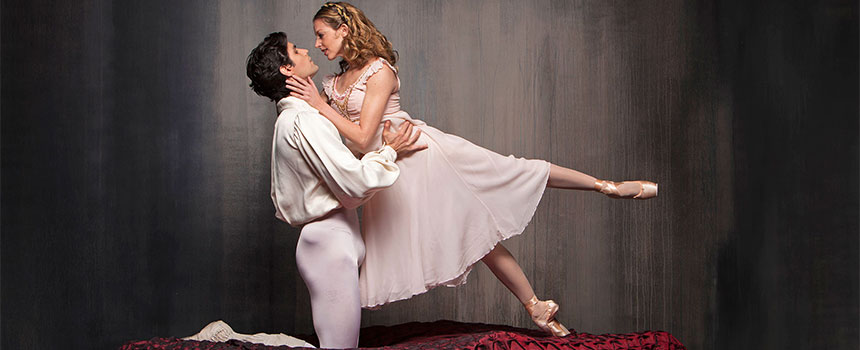
Romeo and Juliet casting is up, and we can’t wait to see the chemistry between each leading couple. This production marks the North American premiere of Derek Deane’s epic adaptation, which dials up the drama with emotionally charged dancing and sumptuous Renaissance-era scenic designs. And let’s not forget another crucial casting element: The live PBT Orchestra will bring to life the famous Prokofiev score, which many believe rivals the great Tchaikovsky works. This masterpiece is onstage for one weekend only, April 21-23, at the Benedum Center. Get your tickets today!
Friday, April 21, at 8 p.m. // Sunday, April 23, at 4:30 p.m.
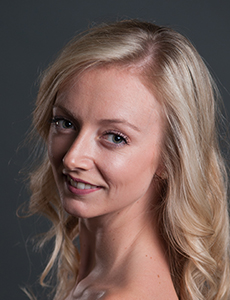 |
 |
| Hannah Carter | Alejandro Diaz |
Saturday, April 22, at 2 p.m.
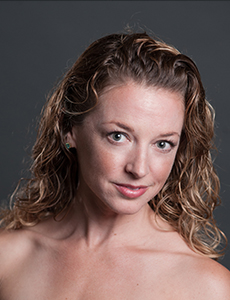 |
 |
| Alexandra Kochis | Luca Sbrizzi |
Saturday, April 22, at 8 p.m. // Sunday, April 23, at 12 p.m.
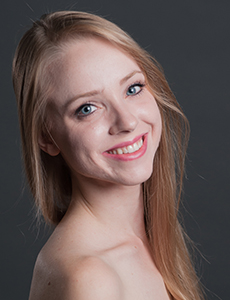 |
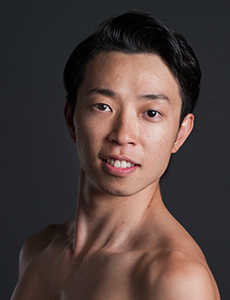 |
| Amanda Cochrane | Yoshiaki Nakano |
>>> View the full the cast list here.
*Casting is subject to change.
One Weekend Only: Romeo and Juliet takes the stage April 21-23, at the Benedum Center. Tickets start at just $28. Get your tickets here or call 412-456-6666. Groups of 8+ can save up to 50% by calling 412-454-9101 or emailing groupsales@pittsburghballet.org.
5 Facts to Love About ‘Romeo and Juliet’

We could count many ways we love Romeo and Juliet, but allow us to wax poetic about just five facts, which make it the perfect season finale. This production dials up the drama with a sweeping staging that is completely new to Pittsburgh, to the United States, and to North America! Together with the PBT Orchestra, we’ll debut Derek Deane’s epic staging of Shakespeare’s story of star-crossed lovers from April 21-23, at the Benedum Center. His reading reverberates with powerful acting and emotion, creating vivid poetry without speaking one word. Here are just 5 facts about Romeo and Juliet that make it love at first sight:
1. It’s a feast for the eyes.
The curtain rises on a gorgeous scene straight out of Renaissance-era Italy. Derek Deane originally conceptualized this production for an in-the-round production at London’s cavernous Royal Albert Hall, so the scenery had to project. He says he was inspired by the “exquisite” setting of the 1968 Zeffirelli film to capture a cinematic quality in the ballet’s scenic designs. Scenic and costume designer, Roberta Guidi di Bagno, a native of Italy, brought his vision to life. Standout settings are the moonlit balcony scene and the eerie crypt with its somber procession of candle-bearing monks. Each performance features 63 characters, many of whom make multiple costume changes throughout the show.
2. Passions – and tensions – run high.
This emotional roller coaster twists and turns from infatuation to fury and many fascinating shades in between. As they’re pushed to the brink of their emotions, protagonists reveal different sides of themselves, which creates unexpected and even startling moments between characters. The drama isn’t all in the sword-fighting scenes: Watch for evolving tensions among the members of the Capulet family, for example, and the character arcs that come along with it.
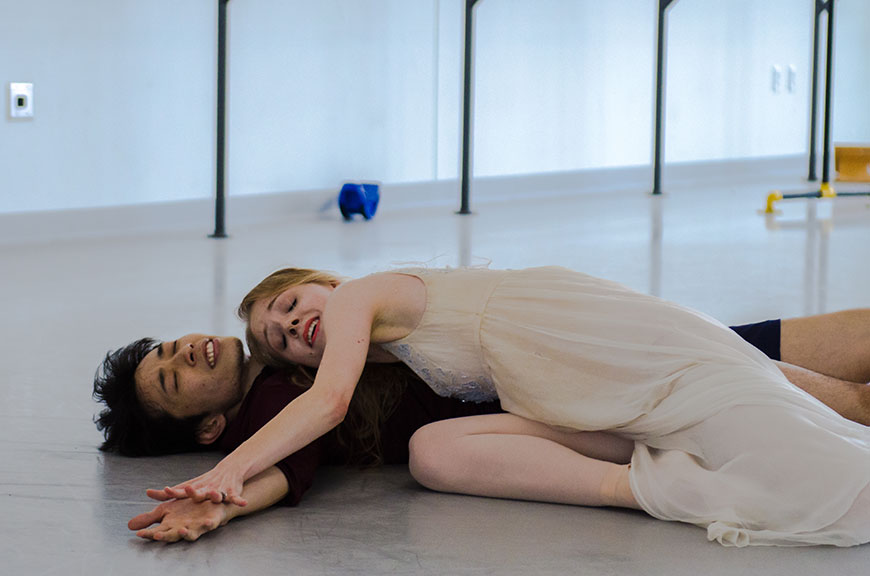
3. But, the dancers keep it real.
Shakespeare’s Romeo and Juliet has earned its place on the pedestal of great literature, theater and film. But with its themes of forbidden love and societal stresses, the story has stood the test of time because it’s relatable to real people. For his adaptation, Deane returned to the original text to analyze the characters and what makes them tick. Among his favorite interpretations are Lady Capulet, Tybalt and Juliet. His Juliet is a strong woman who knows what she wants, someone who has “so many layers to her.” Deane describes Tybalt, the “King of Cats,” as “uncontrollable…always looking for trouble.” And with her overwrought reaction to her nephew, Tybalt’s, death, Lady Capulet claims one of the ballet’s reigning dramatic moments. Unlike the fairy-tale themes of great 19th-century works like Swan Lake or La Sylphide, Romeo and Juliet is a 20th-century ballet with real-world themes. This sense of reality is paramount to Deane’s interpretation.
4. Prokofiev gives Tchaikovsky a run for his money. And the PBT Orchestra will be playing it live.
Many credit Prokofiev’s score for cementing Romeo and Juliet’s place among the major works in the ballet repertoire. The intense, richly varied music is particularly famous for its character portraits and an emotional range that contains notes of both tenderness and violence. Prokofiev composed the score in 1935, though it wasn’t performed as a ballet until 1938. Three suites and 10 piano pieces extracted from the score were the first to reach the public. Although it was intended for the Kirov ballet, “Romeo and Juliet” premiered instead in Brno, Czechoslovakia (now in the Czech Republic) in 1938. It didn’t debut in the Soviet Union until the Kirov staged it in 1940. NPR’s Ted Libbey, author of its “Listener’s Encyclopedia of Classical Music,” says “Romeo and Juliet is one of the most beautiful scores of the 20th century, and certainly one of the greatest compositions for the ballet stage, on a par with the great Tchaikovsky ballets.”
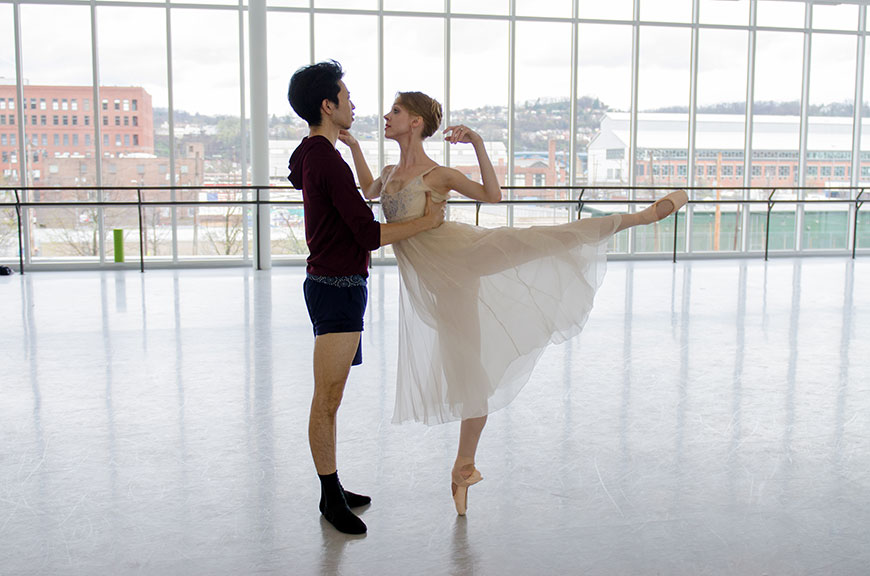
5. Without using one word, the dancing speaks volumes.
When it came time to translate Shakespeare’s poetry to motion, Deane first channeled the emotions of each encounter. “I visualize how the person should feel,” he said. Each dance carries its own emotional tenor from the lifts and elation of the balcony scene to the heartrending final dance in the crypt. Another choreographic feat can be found in the frenzied sword-fighting scenes between the feuding families. Two of Deane’s favorite moments sum up the ballet’s emotional extremes. One is Lady Capulet’s visceral reaction to Tybalt’s death, which Deane likens to a “Maria Callas moment.” But on the other side of the spectrum, he says, “I love that moment in the balcony pas de deux where they both realize there’s no way back. It’s destiny.”
One Weekend Only: Romeo and Juliet takes the stage April 21-23, at the Benedum Center. Tickets start at just $28. Get your tickets here or call 412-456-6666. Groups of 8+ can save up to 50% by calling 412-454-9101 or emailing groupsales@pittsburghballet.org.
